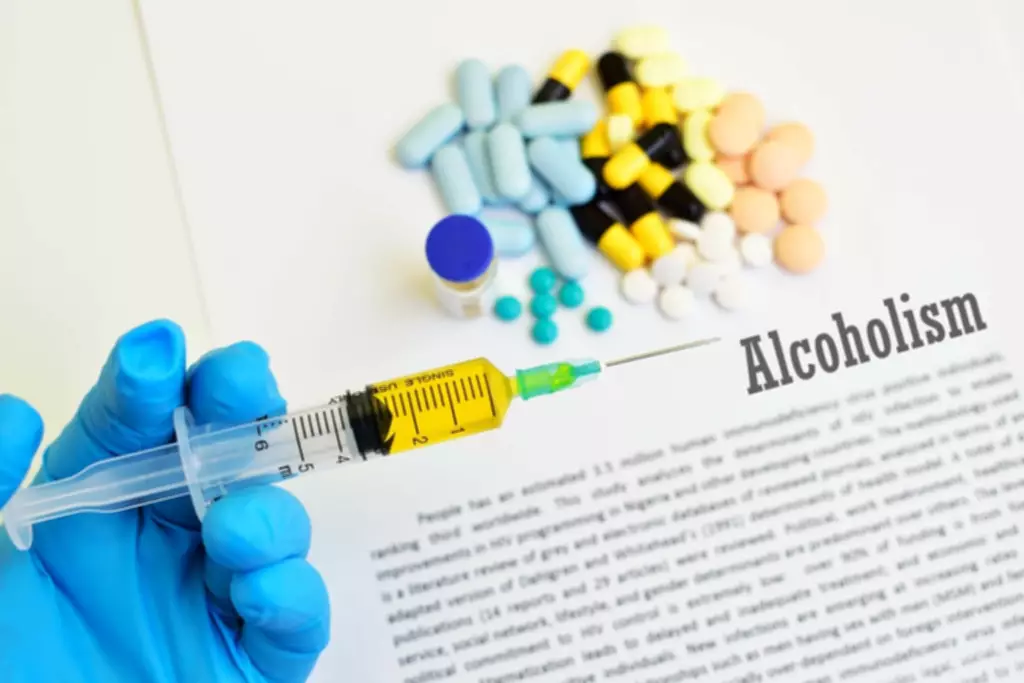Meth Symptoms & Signs of Use
Content
The body can quickly become dependent on the chemicals, leading to methamphetamine addiction. If snorting the drug in crystal meth form, the high will come on in three to five minutes; meth addiction if swallowing methamphetamine, it can take 15 to 20 minutes. The drug’s effects can last anywhere from six to 12 hours, which can lead people to continue using to keep the high going.

Aripiprazole, a second generation antipsychotic, acts as a partial agonist at both the dopamine D2 and 5-HT1A receptors [73]. Two human laboratory studies showed that aripiprazole (10 or 20 mg) significantly attenuated the discriminative stimulus and subjective rated effects of orally administrated d-amphetamine [74, 75]. Supporting these findings, a recent controlled trial comparing aripiprazole, methylphenidate and https://ecosoberhouse.com/ placebo had to be terminated prematurely. An interim analysis showed that aripiprazole-treated subjects had significantly more amphetamine-positive urines than those treated with placebo [67]. A phase I clinical trial evaluating interactions between intravenous methamphetamine and sustained-release (SR) bupropion (300 mg day−1) did not show any exacerbation of methamphetamine-induced cardiovascular effects [58].
Struggling With Porn Addiction?
The ignitable, corrosive and toxic nature of the chemicals used to create crystal meth can cause fires, produce toxic vapors and wreak havoc on the environment. Methamphetamine is a Central Nervous System (CNS) Stimulant made from Amphetamine and other chemicals. Originally prescribed as a Decongestant and weight loss aid, Methamphetamine was once widely and legally available in tablet and injectable forms throughout the US.
- Meth is a highly addictive substance, and meth users quickly develop a tolerance, requiring larger amounts of the drug to get high.
- The development of effective treatments for methamphetamine dependence has become a pressing concern.
- Methamphetamine addiction is treatable with the right combination of therapies and withdrawal techniques.
- Similar to Crack Cocaine, Meth produces a “rush” when smoked or injected; this is caused by an increase in heart rate, blood pressure, and pleasure-inducing neurotransmitters in the brain.
Criticisms of contingency management often center around paying people with substance use disorders to not use drugs, and questions of whether people will start using again when the payments stop. But the rewards should be thought of not as money, per se, but like any other treatment for a chronic illness. Methamphetamine can cause long-term damage to the brain, which can require specialized treatment and continuous care over a sustained period of time to promote abstinence. With proper treatment, individuals can learn to manage the possible side effects of repeated abuse and disruption to the brain, and minimize instances of relapse for a healthy recovery. When someone is taking meth, they are alert and energized, and can stay awake for long periods of time. When meth wears off, however, a significant “crash” generally occurs, leaving individuals feeling fatigued, lethargic, hungry, depressed, and anxious.
How Meth Addiction Happens
What that means specifically is that it helps with impulse control and so therefore helps with impulsive and compulsive eating. Topamax is generally prescribed for migraines but it is prescribed off label for mood stabilization and for weight loss. Because I am still taking the Seroquel and a side effect of the Seroquel is weight gain, I still take the Topamax. However, I was very agitated from all of the meth that I had been using and was very uncomfortable in my skin.
Detox, alone, is typically not sufficient to help an individual maintain lasting recovery. Methamphetamine can cause dangerous overheating and can induce a heart attack, convulsions, stroke, and eventually, death. When smoked, methamphetamine will give off a pungent odor, like the smell of burnt plastic or cleaning chemicals. User’s pupils will appear dilated when under the influence of methamphetamine. Users may leave behind small bags of white powder or pieces of foil or syringes. Disassembled ball-point pens may be left behind since the hallowed-out shafts can be used to snort methamphetamine.
Meth Addiction Treatment
The psychosocial signs of meth addiction typically include depression, psychosis, manic episodes, extreme mood swings, anxiety, and agitation. Finally, the physical symptoms displayed by someone addicted to meth will often include facial tics, muscle spasms, changes in appetite, weight loss, sweating, twitching, poor hygiene, and hypersomnia. Long-term and chronic use of methamphetamine will lead to a wide variety of very harmful side effects, some of which can cause irreparable damage to the mind and body. Those suffering from a dependency or addiction to meth might experience anxiety, insomnia, violent behavior, hallucinations, paranoia, convulsions, confusion, cardiovascular problems, and even homicidal and suicidal thoughts. Another common side effect of chronic meth use are delusions, particularly the delusion that insects are crawling on the skin. This causes many users to scratch at their skin, leaving unsightly sores and wounds.

The combination of tolerance and withdrawal can push a person into a dangerous downward spiral of meth abuse, involving increasingly larger doses and more frequent abuse of this drug. Given methamphetamine’s ability to inflict considerable physical and psychological harm, addiction to this dangerous stimulant can put a person at continued risk for a wide range of negative outcomes, including death. Methamphetamines (more commonly known by their street name, “meth,” “crystal meth,” and “crank”) is a powerful and addictive stimulant that can be smoked, snorted, eaten, or injected. Due to the psychoactive properties, false confidence, and sense of happiness, people who try methamphetamine quickly develop a desire to continue using. While initially pleasurable, methamphetamine can destroy a person’s life by burning up the body’s resources and leaving the user with a dependence that is only relieved by using more of the drug.
It is also said that, in the Midwest alone, methamphetamine abuse makes up 90% of all drug cases. Understanding the signs and symptoms of meth addiction can help you or a loved one make a decision about treatment. Every experience with meth addiction is different, and if you or a loved one are struggling, we are here to help. Mount Regis Center is a leading inpatient treatment program for men and women recovering from addiction and behavioral health concerns. Overall, there appears to be a downward trend in use of methamphetamine across the country. Despite this, much work still needs to be done to prevent new users and to assist populations and individuals devastated by this dangerous drug.
- The next month, I titrated down to 37.5mg and the next month I titrated off of the medicine completely.
- Meth typically appears as a powder or a pill, and can be abused by being swallowed, snorted, smoked/inhaled, or injected.
- Methamphetamine is a powerful and highly addictive stimulant that can have profound effects on the brain.
Because of its weak stimulant properties, modafinil has been cited as a putative treatment to decrease stimulant drug seeking and craving. Methamphetamine, typically referred to simply as “meth,” is a stimulant substance that is a derivative of amphetamine. Meth causes the brain to release disproportionate amounts of the chemical dopamine, which acts as the controlling agent of a person’s feelings of well-being. This excessive release of dopamine not only increases an individual’s sense of well-being, but it also causes him or her to no longer have the ability to feel pain, adding to the overall sensation of euphoria. The high that a person gains after using meth occurs almost instantaneously and, while the longevity of the high can vary, it has been known to last for up to 12 hours, which makes it especially appealing to its users.
By 1971, the United States Drug Enforcement Administration (USDEA) classified all amphetamines as Schedule II controlled substances, citing the potential for abuse, dependence and addiction. The pure form of methamphetamine, Desoxyn, is rarely ever prescribed in the U.S. Meth is one of the most devastating drugs on the market that can be immediately habit-forming.
























